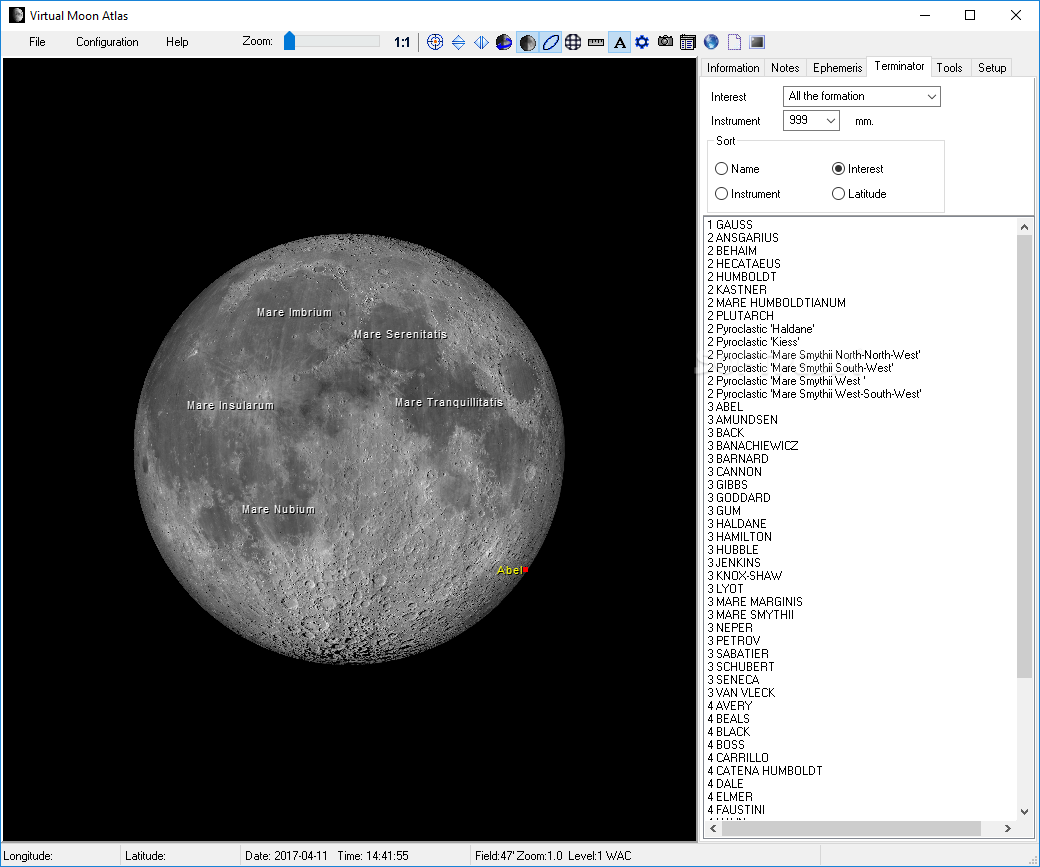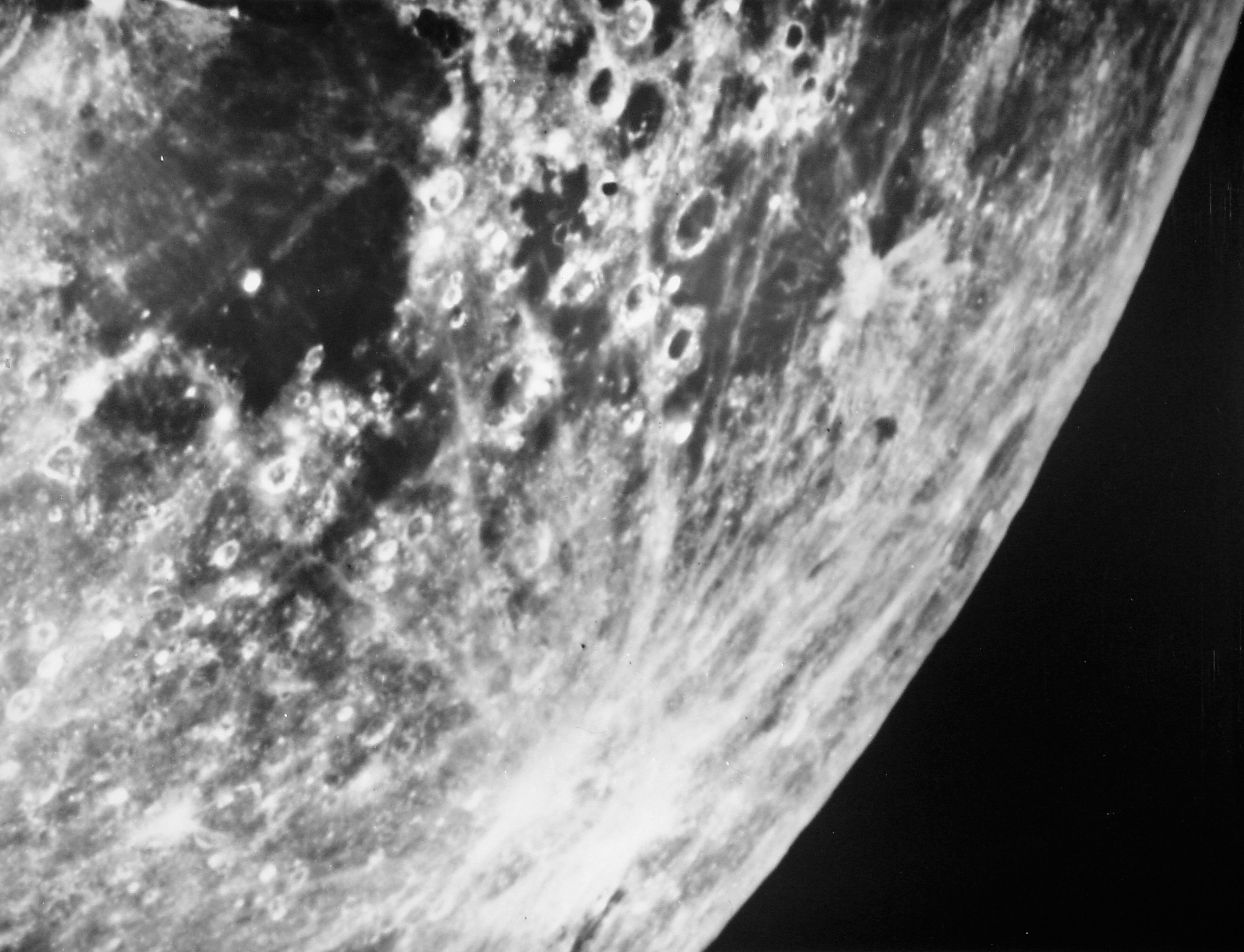

That light is filtered by a lot of air molecules that scatter most of the blue light, leaving mainly red light to reach the lunar surface. That’s because Earth prevents the Sun’s light from directly hitting the Moon the only sunlight that reaches it travels through the Earth’s atmosphere.
#YELLOW MOON ATLAS FULL#
Getty Images What is a ‘Blood Moon’?ĭuring a “blood Moon”-the colloquial term for a total lunar eclipse, which occasionally occur during a full Moon-our satellite turns a pinkish-copper-reddish color for a few hours. The moon is seen over the church of San Giuseppe Falegname during the total lunar eclipse at the. That’s in a regular atmosphere ash from recent volcanic eruptions can cause a brightly colored sky during sunrise and sunset, or a pale sun or glowing clouds, as the fine volcanic ash particles scatter or reflect the sunlight. “As the Moon gets higher in the sky, its coloration will fade to its normal greyish-white hue as you view it through less and less air,” said Teets. The yellow, orange and red end of the spectrum therefore dominate the light that makes it to your eyes. So when you look at a sunset, a sunrise, a moonrise or moonset, you’re looking at something close to the horizon, where the atmosphere is thickest. That’s why the sky is blue.Ĭolors with longer wavelengths-such as orange-are not absorbed as easily. Light with short wavelengths-such as blue-hit more particles and are more easily absorbed and scattered. gettyĮarth’s oxygen and nitrogen-rich atmosphere absorbs some wavelengths of light more than others.

The newly added sheets 32 and 33 show two consecutive views of the far side of the moon, taken by Lunar orbiter probes.Sunsets are orange for the same reason as the Moon.

Moreover, images 17, 24 and 28 were replaced by better quality images obtained more recently. Compared to the previous editions, most of the photos of the third edition were augmented with semi-transparent overlay sheet with marked positions and names of the craters and other features (see f.e. The back of the photos also contain physical data such as the terminator, moon age, libration of the moon and the date when the picture was taken. The closeup photos additionally have a letter A, B or C added to indicate whether south, middle or north parts. The photos are marked with numbers 1-31 and are numbered according to the terminator moving across the lunar disc. With its phases reaching down to the narrowest crescent moon, the atlas not only makes it easier to recognise individual objects, but also to follow the constant changes in the view of the moon formations caused by the changing incidence of light. It thus covers almost an entire lunation. It starts with the moon age of 1.9 days and ends with the moon age of 27.9 days. In collaboration with Hans Giebler, Voigt was able to record a total of 31 phases of the moon between 19 and compile them in the Berlin moon atlas, which depicts the phases of the moon with their shape changes progressing from day to day. The use of yellow-orange and red filters made it possible to reduce the brightness of the sky. Adolf Voigt built a camera for 6圆cm roll film that could be attached to the telescope and thus captured the entire moon image. The Bamberg refractor of the observatory (12-inch telescope) turned out to be the ideal instrument with its focal length of 5 m, which focally displayed the moon at a size of 5 cm. The idea of photographing the moon in all phases arose from the observation practice of the group of Berlin moon observers at the Wilhelm Foerster observatory in Berlin. The photos of the Moon's surface were taken between 19 and cover almost all lunar phases, from less than 1.9 days to age of 27.9 days. A third edition of the Berliner Mond-Atlas published in 1989 is bound in a ring binder.


 0 kommentar(er)
0 kommentar(er)
